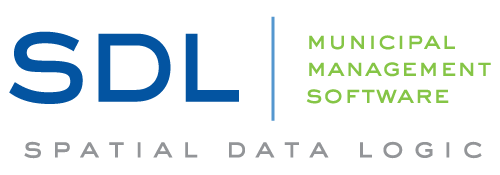5 Technologies Governments Are Using to Modernize in 2024
There has never been a better time for local governments to harness technology and revamp their traditional systems. As we embark on a new year, these five technology trends are predicted to shape government modernization in 2024.
1. Data Analytics and AI
Governments use data analytics and AI to process large amounts of information, enabling better decision-making, more efficient resource planning, and more advanced analytics.
Many local governments have harnessed AI to create a better citizen experience. Implementing functionality like AI chat allows residents to ask clarifying questions and get answers in real-time. This provides citizens with faster, more streamlined service, all while saving government employees’ time and resources.
2. Cloud Adoption
Adopting cloud technology enables easy and more widespread accessibility. Utilizing the cloud, government employees can access necessary information and services remotely, fostering greater collaboration and flexibility at work. Furthermore, cloud computing allows for a more cost-effective model by eliminating the need for on-premises hardware and associated maintenance costs.
Cloud service providers invest heavily in state-of-the-art security, often surpassing the security measures that most local governments could afford independently. This heightened security includes encryption, regular security updates, and robust authentication protocols, ensuring that sensitive government data is well-protected.
3. Digital Services and Citizen Portals
As citizen expectations steadily increase, many local governments are implementing online portals. Streamlined, user-friendly digital platforms grant citizens easy access to services, promoting engagement and strengthening connections between citizens and government entities.
Webb, NY is a great example of how citizen portals can drive results. After only one week of launching their digital portal, the town saw 1,165 citizen Snow Mobile Permit applications, processing payments and approvals directly through their new software.
4. Cybersecurity Measures
With an exponential increase in government ransomware attacks since 2022, counties and municipalities are investing in more significant cybersecurity measures. Local governments are looking to fortify systems, protecting sensitive citizen data and government operations through robust cybersecurity protocols.
Overall, we expect to see more governments employing strategies such as regular software updates and patches, multi-factor authentication, encryption of sensitive information, and establishing incident response protocols to address and recover from security breaches swiftly.
5. Personalized Mobile Apps
Local governments are beginning to leverage mobile apps to provide citizens with on-the-go service, enabling residents to engage wherever they are comfortable. While municipalities like New York City launched apps quite some time ago, towns with smaller IT budgets are trying to catch up.
Hillsborough, NJ is a noteworthy case. Hillsborough recently launched a citizen facing mobile app. Now, residents can log into the app to see personalized trash pickup days, submit complaints, and view town updates. This has created a more engaging, connected experience for citizens and staff.
How SDL Connect Can Help
SDL Connect is a transformative tool for local governments to boost efficiency and decision-making. With advanced data analytics and AI capabilities, it processes large amounts of information, empowering officials in the office, in the field, and in the community.

